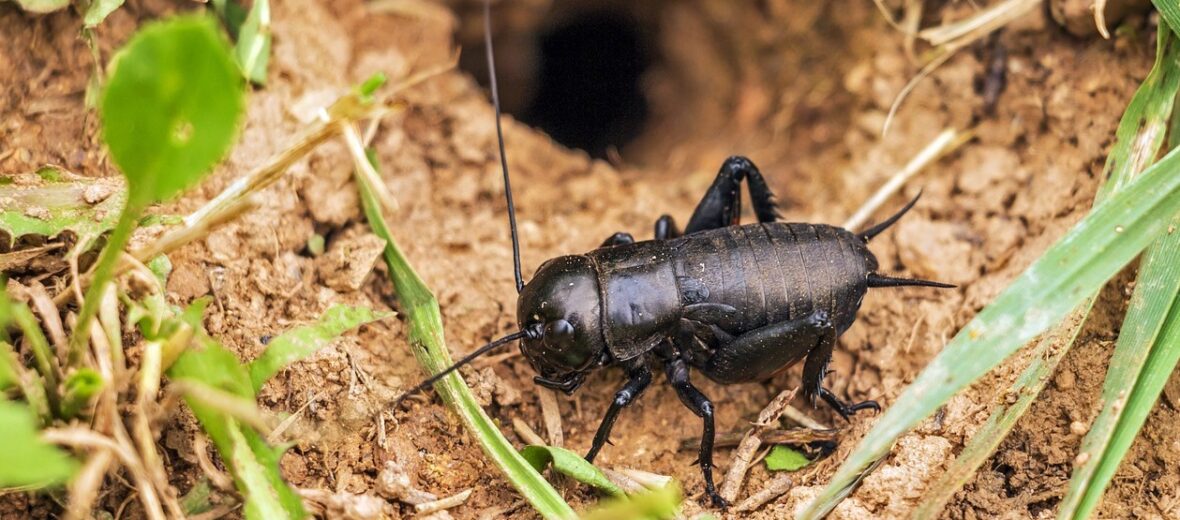
With over 900 known species of cricket in the world, these insects are known not just for infesting our homes. Crickets are cherished in certain parts of the world as good luck symbols. These critters also help to tell the temperature and can even hear with their knees! They live in meadows, fields, forests, rocky areas, caves, and your home. Some people, in China, keep them as pets. These little critters can be red, black, brown, gray, beige, or green. This article is for my mom… who HATES crickets. Enjoy, mom!
First the Stats…
Scientific name: Gryllidae
Length: Up to 2 inches
Lifespan: Up to 12 weeks
Now on to the Facts!
1.) Crickets have surprisingly good eyesight. Their eyes, called compound eyes, are formed from a large number of lenses which help to ensure the visualization of many different pictures at the same time.
2.) Crickets belong to the order Orthoptera. This order includes locusts, grasshoppers, and katydids.
3.) The word cricket comes from the Old French word “criquet”. This is based on the sound they make.
4.) The cricket’s song typically comes from a male. The only females that chirp are the mole crickets.
5.) Crickets sing a host of different songs, although they may all sound similar to us. If you listen closely one evening, you’ll hear the different songs. They have a song that signals a mate, one for defending their territory, another for elation in finding a mate, and more.
But wait, there’s more on the cricket!
6.) On the island of Kauai in Hawaii there are species of crickets that do not chirp at all. This is an evolved trait that came about due to a species of predatory fly which hunts chirping crickets then lays eggs on the cricket. They hatch and the maggots burrow into the cricket and feast upon its flesh from the inside out!
7.) They stridulate a scraping, comb-like organ on one wing against a comb-like organ on the other wing. The pitch comes from the thin wing membrane. This makes their signature song. They don’t rub their legs together or play a tiny violin.
Did you know…?
The Old Farmer’s Almanac suggests you count the number of cricket chirps in 14 seconds and add 40 to get the temperature in Fahrenheit. The faster they chirp, the hotter it is.
8.) Male and female crickets both have auditory (hearing) organs on their lower forelegs. These are oval indentations called tympanal organs. They hear with these organs. These organs are so insanely sensitive that it is nearly impossible to sneak up on a cricket without them hearing you coming.
9.) Some folks in China breed crickets for fighting and others for pets. They also fetch a high price.
10.) Crickets eat fungi, insects, and various plant materials.
But wait, there’s still more on the cricket!
11.) Their predators are too numerous to mention. Pretty much everything, including humans, eats crickets.
12.) In the wild, crickets breed in Autumn. However, breeding facilities keep the temps warm to facilitate year round breeding.



